Inside the first town in America to ban gas stations
The region has been buffeted by wildfire and drought as the climate crisis worsens, Josh Marcus writes

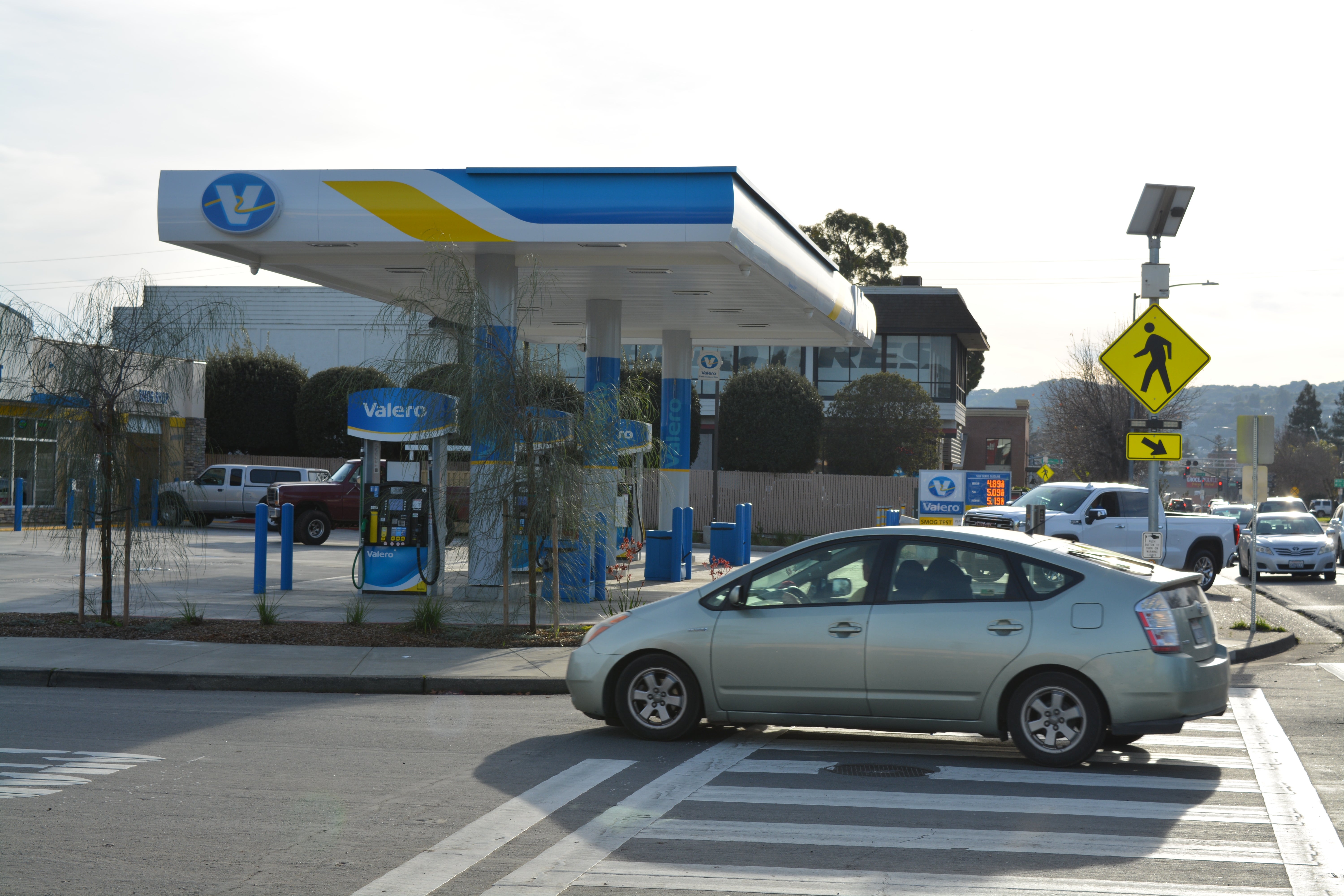
Your support helps us to tell the story
From reproductive rights to climate change to Big Tech, The Independent is on the ground when the story is developing. Whether it's investigating the financials of Elon Musk's pro-Trump PAC or producing our latest documentary, 'The A Word', which shines a light on the American women fighting for reproductive rights, we know how important it is to parse out the facts from the messaging.
At such a critical moment in US history, we need reporters on the ground. Your donation allows us to keep sending journalists to speak to both sides of the story.
The Independent is trusted by Americans across the entire political spectrum. And unlike many other quality news outlets, we choose not to lock Americans out of our reporting and analysis with paywalls. We believe quality journalism should be available to everyone, paid for by those who can afford it.
Your support makes all the difference.Walking down Washington Street, one of the main thoroughfares in the city of Petaluma, about 40 miles north of San Francisco, you could be almost anywhere in California. There are all the usual fast food chains, a smattering of Mexican restaurants, a few incongruous palm trees, and wide suburban streets.
If you zoom out from Washington Street, there’s also the fact that, like everywhere else in America, the climate crisis is rapidly changing Petaluma. The city is facing a water emergency, part of California’s fourth drought in the last 20 years. In the last seven years, its home of Sonoma County has experienced five of the 13 most destructive wildfires in state history.
Unlike most places in California, however, Petaluma has taken an unprecedented, if modest, step to combatting this reality: last March, it became the first city in the US to ban construction of new gas stations and pumps.
Momentum for the change first began in 2013, when a local Safeway grocery proposed a large, 16-pump discount gas station outside one of its stores, part of an increasingly common tactic of retailers like Costco and Safeway combining low-price gas and groceries.
The proposed station in Petaluma was near an elementary school and athletic fields, sparking resistance from community members who worried about its potential health impact on children.
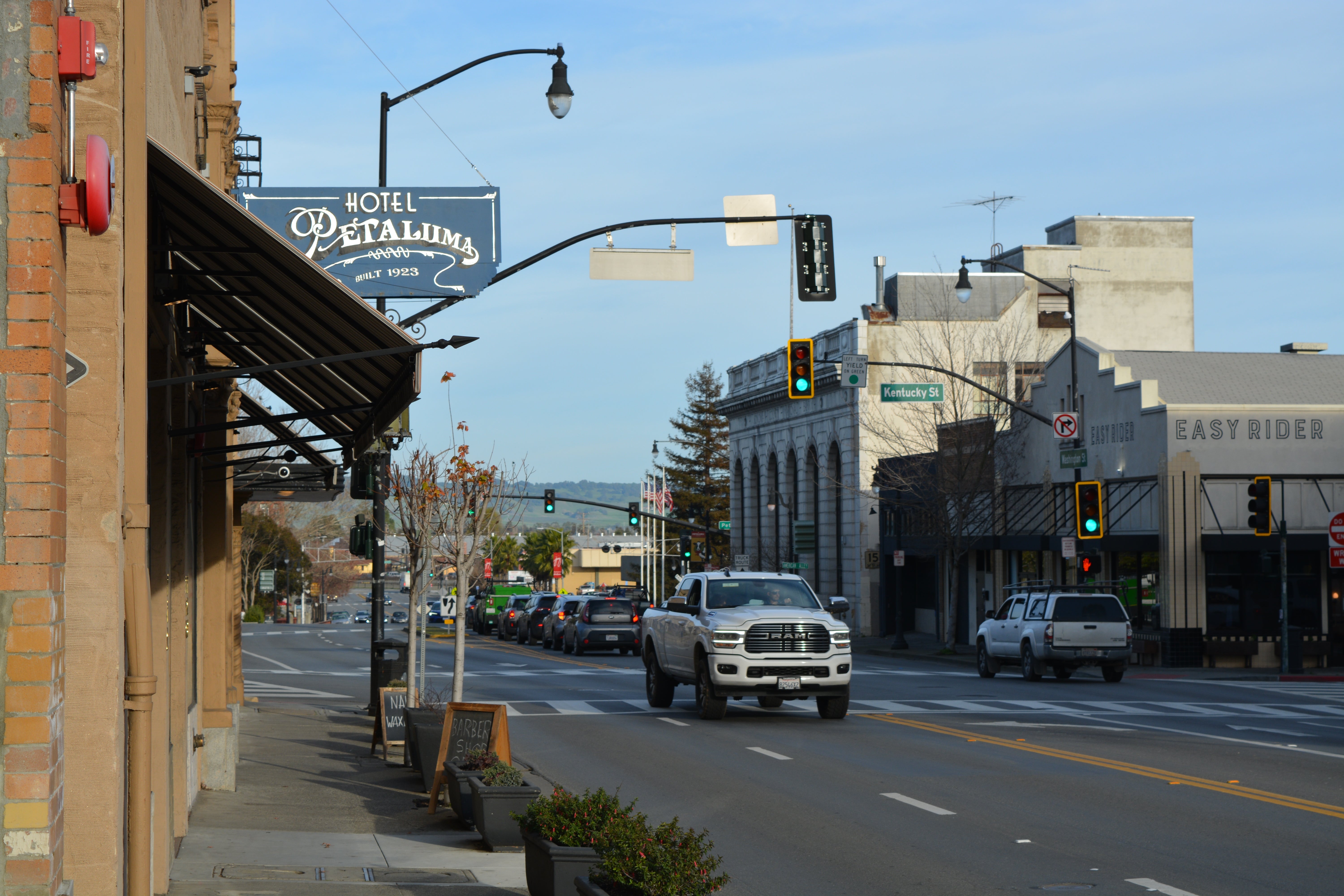
“It’s very rare that we ran into someone who said, ‘Yeah man, we want more gas stations’,” said Woody Hastings, one of the coordinators of the Coalition Opposing New Gas Stations (CONGAS), a community organisation that supported blocking the new Safeway station. “There was a sort of unanimous agreement. It’s not that surprising that would be the case. In Sonoma County, you’ve got a long standing ethic here for concern about sustainability and the environment and the climate.”
But because of a quirk in state law, it seemed the store had the right to build there unless the city stepped in. In California, you can’t build a school near a gas station, but it seemed there was no law preventing companies from building a gas station near a school. Local officials eventually decided to institute a temporary moratorium in 2019 as they analysed the situation, laying the groundwork for the eventual ban.
And it’s not like the city had a lack of fossil fuels or other transit options: it has 16 stations in total, more than one per square mile, and Petaluma is largely flat, making it easy to bike and walk compared to other locales.
“We had essentially a saturation,” city councilmember D’Lynda Fischer told The Independent. “It was a combination of the political shift on the council and the work of the community with our climate goals that led to the ordinance that we passed.”
The shift is in keeping with Petaluma’s aggressive ambitions around the climate crisis. The city has set a goal of achieving carbon neutrality by 2030, five years ahead of state goals, and has taken the step of declaring a state of climate emergency.
Allen Sherman, an equine dentist who has worked on Petaluma-area ranches for decades, said recent drought conditions have been “historic”.
“It’s terrible,” he said, as he filled up his hybrid car with gas on a recent afternoon this January. “When there’s a drought, there’s no grass for the horses. The wells go dry. There’s a lot of fear.”
The climate crisis is nearly impossible to ignore if you live in the region, or really anywhere in California, which seems to be in a near-constant state of record-breaking, global warming-inflected fire, rain, or drought.

“It’s been catastrophic, and I think it’s been a wake up call,” Petaluma mayor Teresa Barrett told The Independent. “The fires have just been a game-changer.”
Just this October, heavy rains caused flooding in the city in areas that had never experienced it in the past, a reminder that even inland tidal sloughs like Petaluma aren’t immune to sea-level rise.
Local resistance to the moratorium has been scant-to-non-existent, she said. However, she has received calls from all around the country from city officials looking to implement moratoria of their own. So has Mr Hastings, the local activist.
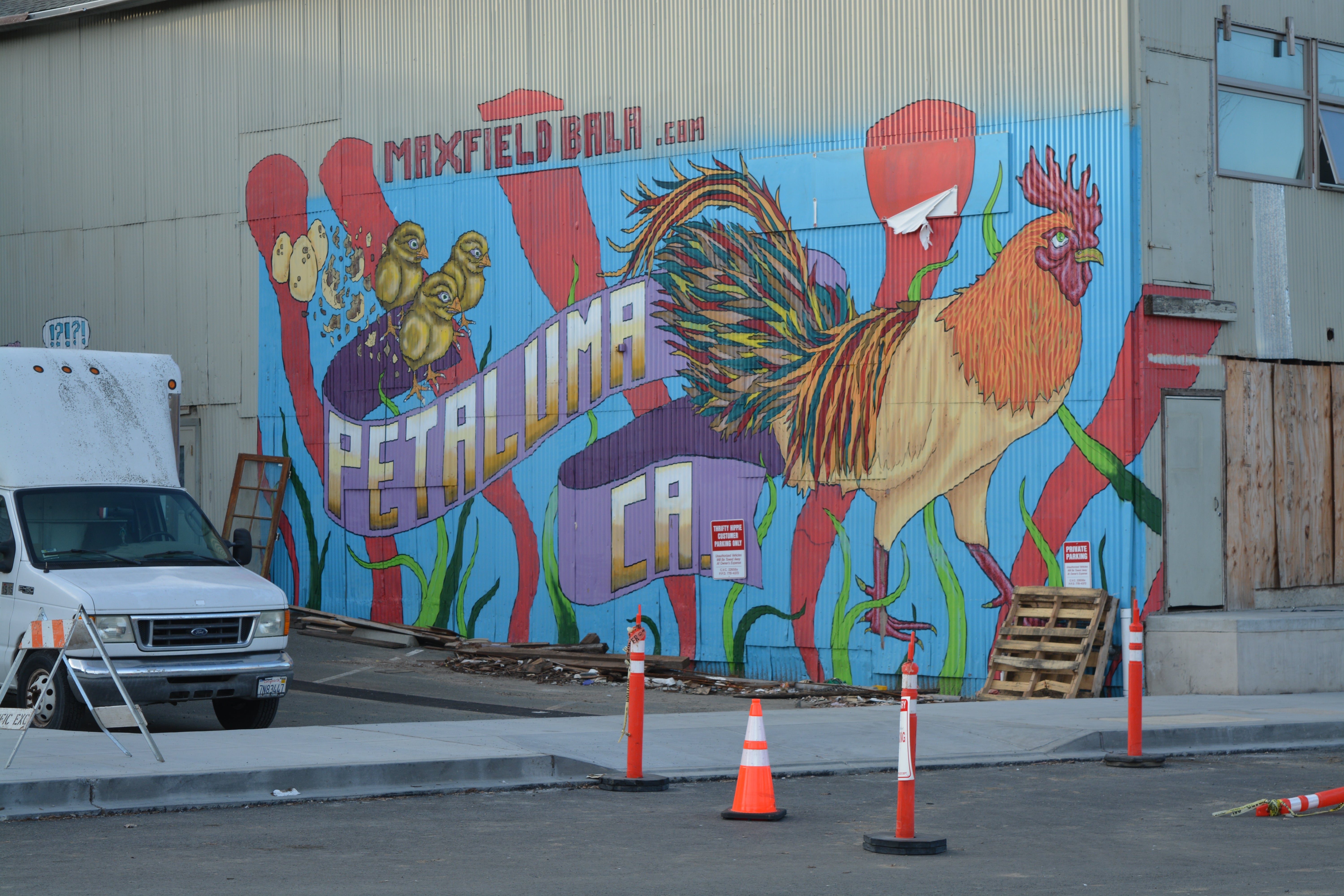
“What in the hell does a climate emergency mean if it doesn’t mean you’re going to stop digging the hole that you’re in. It means stop building new gas stations, new fossil fuel infrastructure,” he said.
Some still aren’t entirely sold on the policy.
Jake Powell, a plumber in the Petaluma area, said the moratorium wouldn’t change his routine much – or his mind. He usually doesn’t fill up in the city anyway, as he can find cheaper gas elsewhere, and like many in this partial bedroom community, those receipts add up quickly since he commutes into San Francisco for work.
“I don’t really give a sh** about the environment,” he said, arguing that switching over to electric cars was problematic too: “In regards to the environment, if you go electric, you’re just going to be digging lithium out of the ground. Have you ever seen a lithium mine?”
He said he wouldn’t consider switching over to electric cars until there was better developed infrastructure, as well as electrified the kind of work truck he uses each day.
Infrastructure and planning is in fact the next big part of the region’s climate agenda. And not a moment too soon: transportation accounts for roughly 60 per cent of the county’s greenhouse gas emissions, according to the Sonoma County Regional Climate Protection Authority. Petaluma is currently updating its city general plan, and is factoring in climate change at each step along with way, including using information from the Federal Emergency Management Agency to account for a future with more flooding
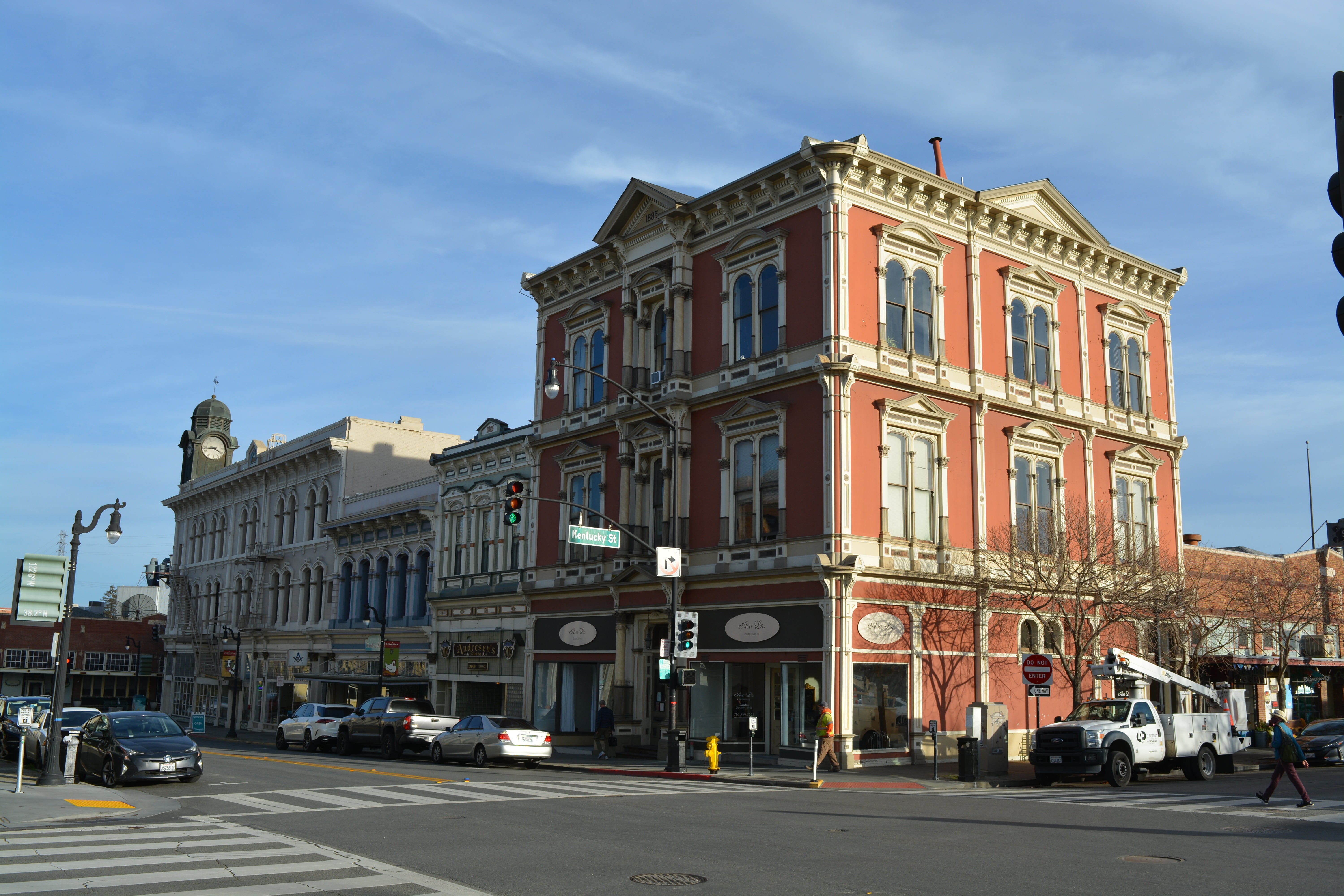
The city has a history of taking big stances on planning. In the 1970s its mayor took a case all the way to the US Supreme Court in a fight over limiting sprawl, and in 1998, Petaluma became one of the first cities to adopt an urban growth boundary.
“We are really moving our development up and in, which is not the rule here,” said Mayor Barrett. “We’re really working on looking at climate through almost every lens that we are using to develop our city.”
That means putting an emphasis on walking, biking, and bus lines going forward.
This sort of track record recently helped Petaluma win a $1 million “Cool Cities” grant to achieve carbon neutrality, one of three chosen in the state by the Empowerment Institute. As part of the programme, the city will recruit around 200 “block leaders” to help get local residents to be more sustainable.
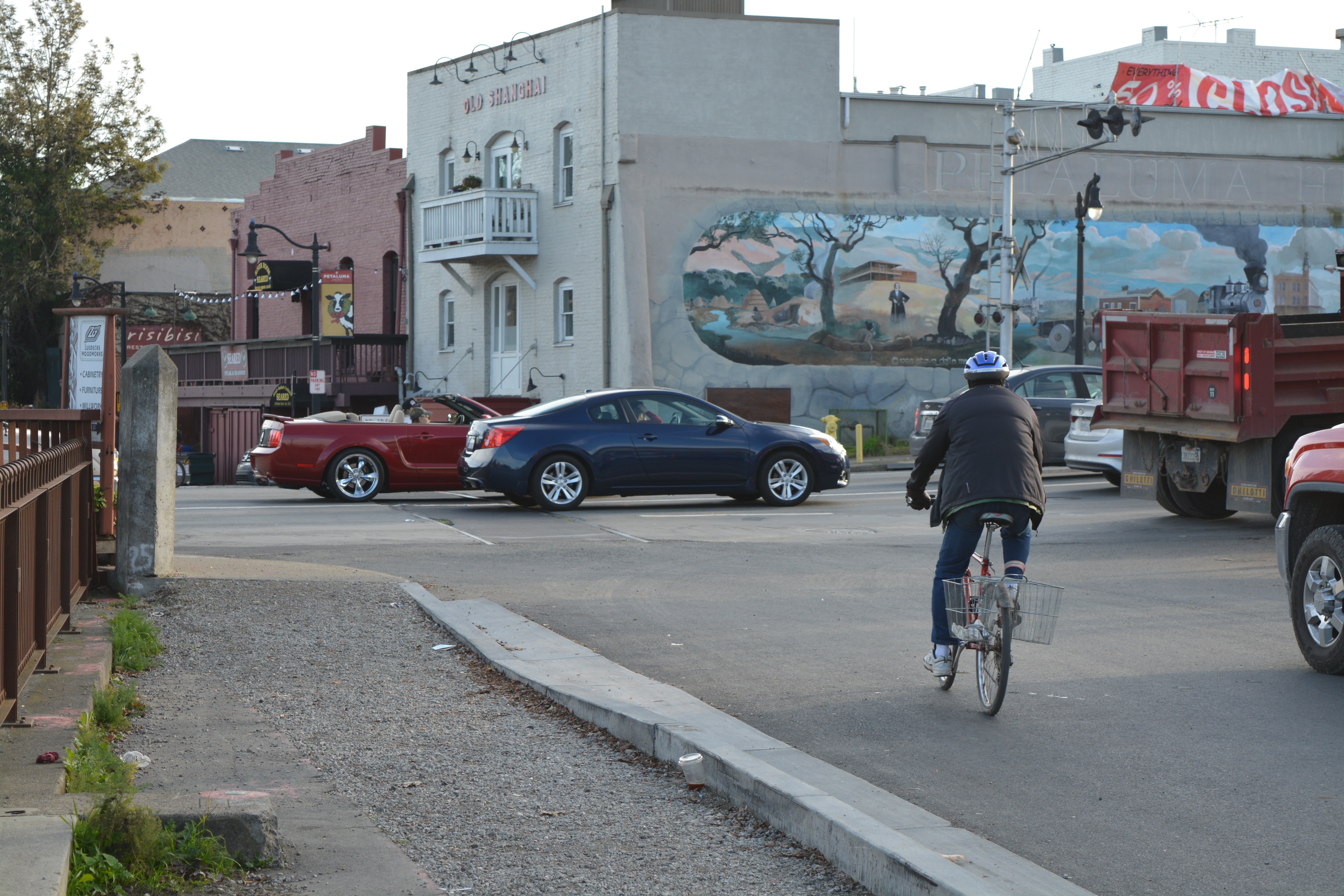
“What people kept saying, especially parents with young children, were like, ‘I know I need to leave a better place for my child and I need to do something, and this seems for me to be a way to do something and become involved’,” said council-member Fischer. “I think for most people there is an awareness and it’s shifted considerably over the last three years.”
Other cities in the region like Santa Rosa and Sebastopol are considering gas station moratoria of their own. And CONGAS, the community environmental group, has been working with other cities around the state as well as groups like the Sierra Club to encourage further moves away from fossil fuel infrastructure.
But California still has its work cut out for it if it wants to meet its ambitious climate goals. The state still has extensive fossil fuel infrastructure, including major oil wells off the Southern California coast and large refineries in the Bay Area. California also has some of the worst air quality in the nation, in regions like the Central Valley and the Los Angeles.
Still, if one believes the adage that “all politics are local”, the politics around gas are changing, at least in Petaluma.
Join our commenting forum
Join thought-provoking conversations, follow other Independent readers and see their replies
Comments